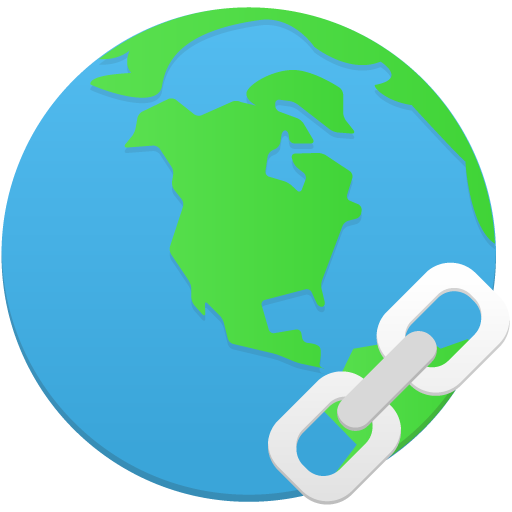
You can be the best at what you’re doing, you can have the most amazing content on your website, if people are not aware of its existence, it’s all for nothing. Your shop will always be open but the door case will always be impeccable. The same goes for the online environment: without visibility, our site will remain to be just our little hobby.
In order to avoid this scary scenario, SEO (Search Engine Optimization) has been invented. It’s meant to grow the visibility of our site and to bring us on the first page of Google search.
Where can I begin the SEO optimization?
We already have an article where we talk in more detail about the SEO optimization, and you can find it here. Therefore, today we’re going to focus on the importance of internal links. As you can see, we created a hyperlink to an internal link from our website. This is one of the main elements when it comes to SEO optimization.
Why are internal links so relevant?
There are several reasons, therefore we’re going to highlight the most important ones:
- Internal links are an element that is directly taken into account by SEO. It’s a raw criterion that influences directly both the quality and the visibility of a site. The more internal links we have within a site, the better.
- Internal links can directly grow the amount of time a visitor spends on your site. This is a very important criterion for Google. The more time the users spend on our site, the better the quality shows. And quality is highly valued by Google, and is rewarded by top spots within the search pages.
- We can notice what are the most important posts/ pages from within the site. If a specific page is very popular, such as (insert popular page on Digital Life Solutions) then all the roads will lead to it… or all the hyperlinks.

How do I build internal links?
First of all, it all begins with the strategy we create. We should know beforehand which pages are going to be connected and which of them we will highlight the most. This concept is known under the name of “anchor”. The anchor text is the main text of the page that will appear within the search engines. The anchor text is some text that can be found on the page but which directs us towards another page. Whether it leads us to the page we want to or not is totally up to us.
The anchor text, just as the keywords, should preferably be as high as possible on the page, amongst the first paragraphs. Obviously, this is not always possible but it’s something to be taken into account.
Just like we need to keep in mind not to abuse of internal links. These can’t be forcedly introduced or you will be charged both by the users and Google.
Here what comes first is quality, not quantity. On the contrary, in fact, quantity is another reason for penalties. If the content from the page is mostly in purple texts rather than black, we have another problem. And Google stays away from problems, just as it will stay away from our page.
How many internal links can I safely use?
There are plenty inspirational sources and study materials that each come with their own theories. And our own theory tell us that we should limit ourselves at 5 internal links. Otherwise, the text will turn purple due to the hyperlinks. And what’s too much is not good.
And one of these five hyperlinks should obviously be the link towards the anchor text (that we talked about). What about the other ones? It’s very important for them to have an educational purpose for the user: we don’t have to force-feed him our products. We have to accurately inform him and make him want to buy out of his own initiative, without doing extra work to convince him.
